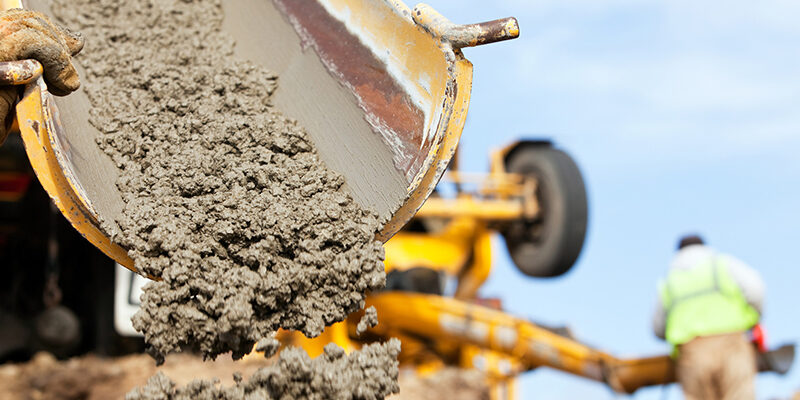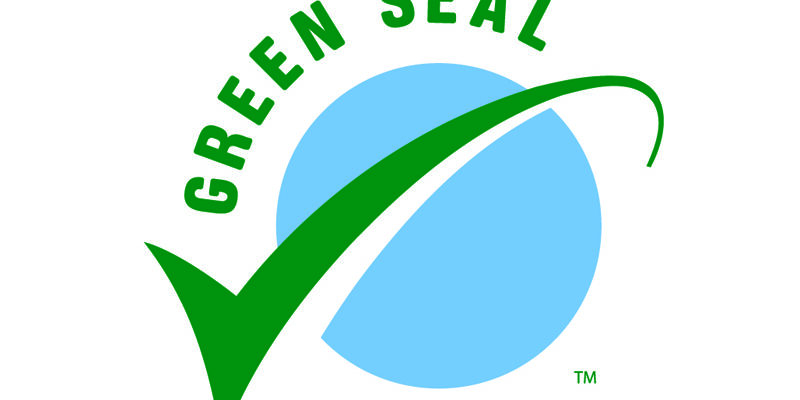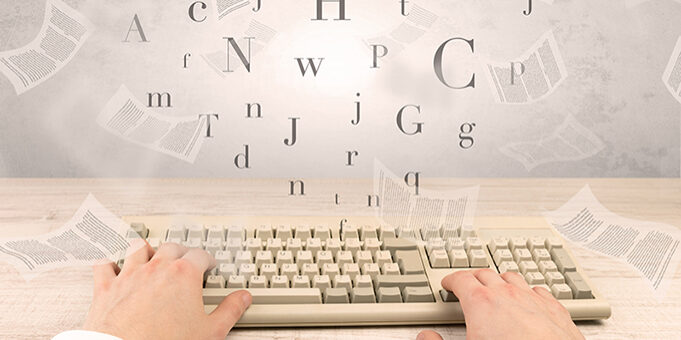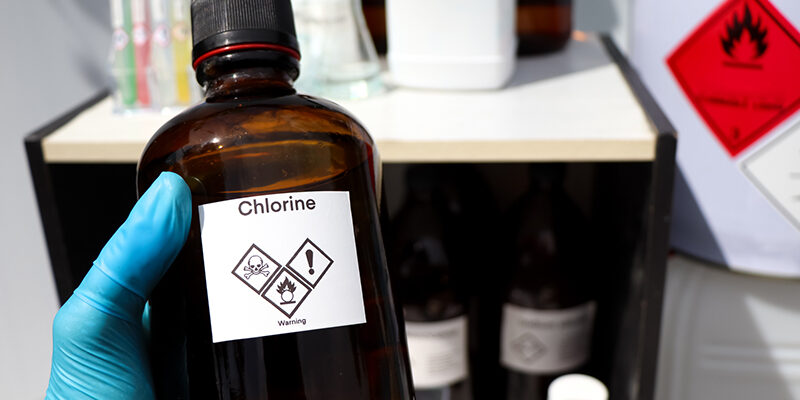Moisture Hunting and the Modern Restorer
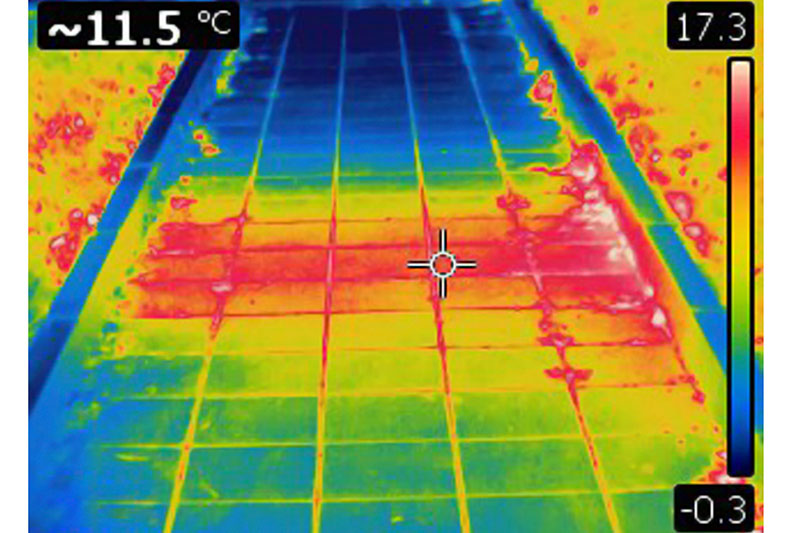
By Jeff Cross
Whether you are engaged in light restoration, such as flooding in a basement, or your expertise is full-scale structural drying, anyone involved in restoration has something in common: You must be able to locate all the water and pinpoint all areas it has penetrated and affected.
To do that, you need proper tools so your search is as accurate as possible.
When assessing a water loss and looking for moisture, you have two main categories of tools available: Moisture meters and thermal imaging (camera) technology.
It seems the disaster restoration industry agrees with the importance of utilizing moisture meter and thermal imaging technology. According to respondents to the Cleanfax 2017 Restoration Benchmarking Survey Report, over the next year, 41 percent said they plan to purchase moisture detection tools, and 37 percent said they plan to purchase thermal imaging tools. That’s a sizable segment of the industry.
While this article has some technical information, its purpose is to help the industry see the need to consider both technologies so that business owners can ensure their companies are providing high-quality restoration services to those they serve in their marketplace.
Training
Having trained technicians on staff who can use both technologies is obviously important.
Without training on and understanding of how to use and interpret the results, costly mistakes can be made. Jobs not completed satisfactorily mean company revenue is affected, client complaints arise, and issues with insurance companies are sure to follow.
Then there are errors in judgment due to lack of training that can lead to situations that are harmful to the health of occupants. For instance, although a job may be considered dry — and, indeed, may seem dry — it may not be totally dry, although the interpretation of moisture meter technology may have indicated otherwise. This generally happens when a technician is not properly trained, although there are other reasons as well, some of which are out of the control of the restoration contractor. Yet no company wants to be liable for issues that are caused by lack of training.
Of the two technologies, it can be argued that thermal imaging is most likely to be misunderstood and misinterpreted.
That’s the viewpoint of Brandon Burton, the technical director for Legend Brands. He says, “The rapid growth in the popularity of thermal imagers has increased the use of these devices by under-trained technicians. The nuances of thermography are critically important to understand how to ensure images are properly interpreted.”
For instance, Burton says, it is true that moisture can be indicated by a thermal imaging camera at a lower temperature due to evaporative cooling of the wet surface. However, that’s only if the water is evaporating. If there is a higher temperature on the opposite side of the wall, water will create thermal bridging. This would create a lower R-value, which is the capacity of insulating material to resist heat flow. When that happens, a higher temperature will be visible.
“That’s precisely why the training is so critical,” Burton adds. “Most believe that ‘cold is wet.’ There are, however, several reasons for temperature anomalies throughout. Deciphering the anomalies requires a complete understanding of not only the camera, but also all of the thermal properties and conditions present in the space that are at play.”
Complementary technologies
It’s important to note that thermal imaging cameras and moisture meters provide different types of information.
“While this is common knowledge, the camera measures temperature and the moisture meter measures or detects moisture in the material,” says Paul Laurenzi, vice-president of sales and marketing with Delmhorst Instrument Co.
“The camera is a great tool to survey a large area quickly and non-invasively to determine the likelihood of elevated moisture levels in the water-damaged area,” Laurenzi adds. “A lower temperature level could mean there is excess moisture in that area but is not a guarantee.”
This is why his company always recommends using a moisture meter in conjunction with a thermal imaging camera. Laurenzi explains, “The moisture meter will verify if material in question actually has elevated moisture levels.”
“When assessing a drying job, using a thermal imaging camera can help restorers locate potentially affected areas. Then the moisture meter comes into play when looking at the depth of water infiltration in affected materials,” according to Grete Heimerdinger, co-owner of Lignomat USA and the technical director for the moisture meter division since 1982.
And with the dramatic reduction in instrument cost, thermal imaging cameras are quickly becoming a staple in water restoration, Burton points out. He adds, “At minimum, they should be used on any and all large or complex loss scenarios, where water migration tracking can be quite complicated. This is where the technology can provide the greatest benefit in both risk management and labor cost reduction.”
“Reliable and accurate meters are necessary to produce comparable moisture measurements. That means, if you measure a spot today or in a week, you will get the same values if the moisture has not changed,” Heimerdinger says. “Or, if you assess a job, higher values always mean higher moisture levels.”
And what can happen if a restoration contractor relied on just one technology such as thermal imaging?
“Contractors who just simply use thermal imagers without moisture meters are putting themselves at risk. Although a great tool, imagers can mistake gaps in insulation, HVAC ductwork, and pipes as the presence of moisture,” believes Tom Rochenski, the national sales manager for Protimeter.
These, in fact, could give false-positive readings and trick the technician into thinking the wall has moisture in it and then make the incorrect decision to tear it out. A moisture meter would confirm a false-positive reading or back up the readings from the imager that water is present, Rochenski says, resulting in proper restoration procedures.
Choosing your meters
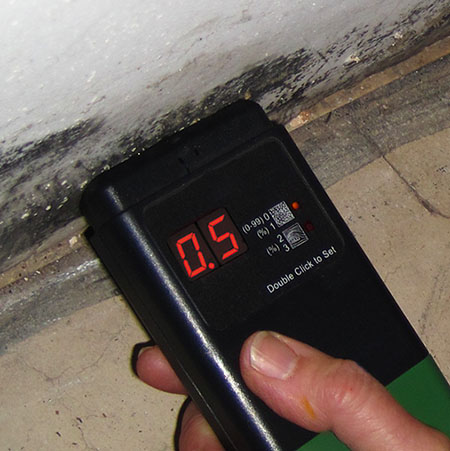
“Although a job may be considered dry — and, indeed, may seem dry — it may not be totally dry.”
Image courtesy of Lignomat
There are many options for the restoration professional to consider when shopping for the best moisture meters.
“Although the contractor knows the wall is wet, they do not know how deep the water has penetrated,” according to Rochenski. “Moisture meters with non-invasive capabilities can penetrate up to close to an inch behind the wall. Also, with accessories like deep wall probes we can find moisture in insulation and wall cavities.”
“We always recommend the use of a pin-type moisture meter and not solely relying on either thermal imaging or scan moisture readings to make drying decisions. Without having moisture content in percent readings with a pin-type meter, it’s virtually impossible to know for sure the extent of the water damage,” believes Laurenzi.
Some restoration contractors may wonder if their meters are as accurate as they think. Or hope. Keeping them in good working condition and calibrated is important.
“In order to produce comparable moisture values, moisture meters need to be accurate and reliable,” Heimerdinger said. “I think having no meter in the restoration business is no excuse. When you are working on fixing moisture problems, you need a moisture meter.”
Real-world scenarios
All contractors know, in the real world, each job is different and has specific challenges.
Richard Driscoll, a restoration expert with 24 years of experience and an instructor of water damage restoration, mold remediation, and trauma scene cleaning, suggests considering the following scenario:
“You are doing a small flood in a bathroom with a ceramic tile floor. Is the ceramic tile wet? Probably not, as ceramic tile does not absorb water, which is why we install ceramic tile in bathrooms and kitchens. But is the decking under the ceramic tile wet? The only way to determine is to use your meters, most often a non-penetrating meter.”
His point? You never know for sure about surfaces underneath without testing.
Then he wonders about removing building material, when perhaps it’s not required.
“Let’s say you are doing a water damage in a kitchen. Has the water migrated under the floor cabinets? One way to determine this is to remove the toe kick. Is that really true? Removing the toe kick, which was never designed to be removed, almost always means it is ruined. And doing this to determine if the floor under the cabinets is wet? What if you discover the floor is not wet? How do you explain the damage you caused to find nothing?
“A better approach is to go into the bottom shelf of the cabinet, drill two small holes, and use a hammer probe with long pins that go through the holes and then drive the pins into the subfloor under the cabinet.”
The use of moisture meters, whichever type you decide to choose and purchase, is key to successful restoration.
“To be competitive in restoration jobs, cost should be minimized,” Heimerdinger states. “It is always easy to rip everything out and replace with new materials. However, that is the most expensive job. To reduce cost and still do the job right, the proper equipment is needed when assessing the damage and following through with the repair.”
Sometimes, restoration contractors can get into the habit of assuming water has gone into areas where perhaps it hasn’t.
“The error I see all the time in the field is technicians removing baseboard on a water loss,” Driscoll said. “Why do they do that? Has it become standard practice to just tear off baseboards without testing for moisture first?”
Jeff Cross is the executive editor of Cleanfax and is a trainer and consultant, with more than 25 years of industry experience. He can be reached at [email protected].



